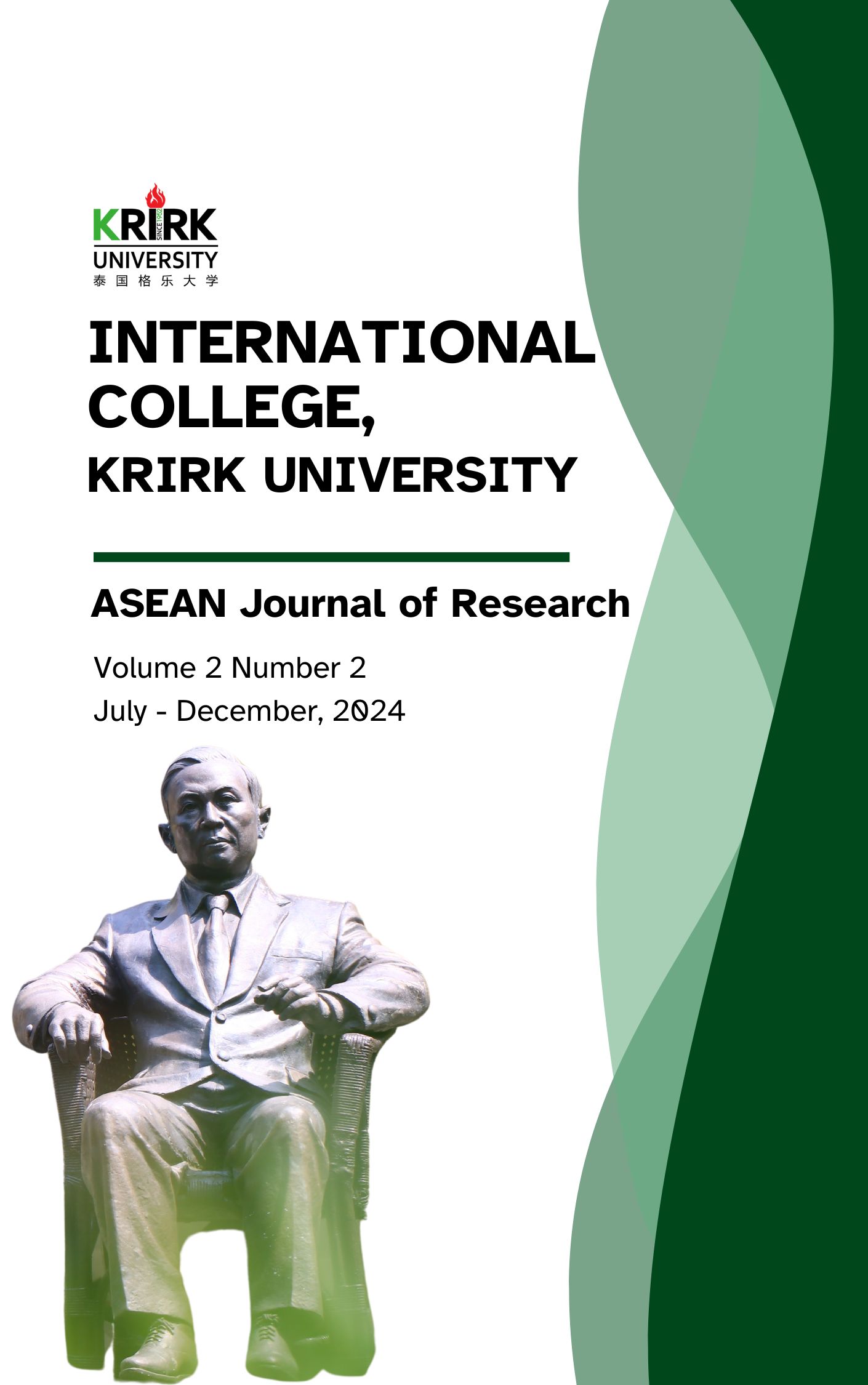Unique Idiosyncratic Style in Túndé Kèlání's Movies
Keywords:
aesthetics, films, idiosyncrasies, movies, stylisticsAbstract
Idiosyncrasy denotes a peculiar or unusual characteristic or mannerism that is unique to an individual or a group. Diverse works from a sociological and cultural point of view have been conducted on Kèlání’s films but they have not been seen from the stylistic point of view. This study examines style and idiosyncratic ability in Túndé Kèlání’s movies viewing them as idiosyncratic uniqueness. We critically explore three of Túndé Kèlání’s movies, Dazzling Mirage, White Handkerchief and The Narrow Path, which constitute our source of data for this paper. The selected films are subjected to tenets from Wilson and Sperber’s (1986) Relevance Theory. It was understood from the study that, cultural renaissance and globalisation of Yorùbá culture, mass awareness and conservationism vs progressivism are the cogent styles that distinguish this director from other film makers. He hardly embarks on movies without the traits of public awareness and sensitisation as central focal points. This study recommends juxtaposition of more of Kèlání’s traits and styles with other African film writers so as to ensure that society as well as individual are sensitised better while being entertained by the movies. It is also established in this study that style goes beyond examining the phono-aesthetic or photo-aesthetic tropes.
References
Adágbádá, O. (2005). Women folks in Yorùbá video film industry.” PhD Thesis Department of Linguistics and African Languages, University of Ìbàdàn.
Adélékè, D. (1995). Audience reception of Yorùbá films. PhD. Thesis, University of Ìbàdàn.
Adiji, B.E., Oladumiye, B.E. and Ibiwoye, T.I. (2015). “Visual documentation of traditional Nigerian hair styles and designs as a means of expressing social and cultural heritage through photography,” Global Journal of Arts, Humanities and Social Sciences, 3(6), 23-33.
Bello, M.A. (2020). Stylistics of identity and ideology in alternative Yorùbá musical textuality. Unpublished PhD Thesis, University of Lagos.
Fiske, J. and Hartley, J. (1978). Reading the television. London: Methuen.
Grice, H.P. (1989). Studies in the way of words. Cambridge, MA: Harvard University Press.
Òjó E.T. (2023). “Gospel Àpàlà music in African Christian worship: Thematic and stylistic analysis,” Tydskrif Vir Letterkunde, 60(3), 106–122. DOI: https://doi.org/10.17159/tl.v60i3.14469.
Òjó, E.T. (2005). The literary idiolect of Kọ́lá Akínlàdé’s Yoruba detective novels. MPhil. Thesis, University of Ibadan.
Òjó, E.T. (2013). Stylistics analysis of proverbs in selected Yorùbá written literature, Unpublished PhD. Thesis. University of Ibadan.
Òjó, E.T. (2020). “A contextual study of literary tropes in Adéṣọlá Ọlátẹ́jú’s Iná Ràn,” Journal of Research Findings, 3(2), 309-42.
O̩láté̩jú, M.O.A (2016). ‘‘Language and style[-listics] in literary and routine communication: The Yoruba example,” An Inaugural lecture delivered at the University of Ìbàdàn.
Sperber, D. and Wilson, D. (1986). Relevance: Communication and cognition. Oxford: Blackwell.
Sriraman, T. (2012). Stylistics: History, theories and definition. Hyderabad: The English and Foreign Languages University Hyderabad.
Walter, E. and Gioglio, J. (2014). The power of visual storytelling: How to use visuals, videos, and social media to market your brand. New York, NY: McGraw Hill.
Wilson, D. & Sperber, D. (1985). On choosing the context for utterance interpretation, Cognition, 20(1-2), 151-177.
Wilson, D. & Sperber, D. (2002). Truthfulness and relevance, Mind, 111(443). 583-632. DOI: https://doi.org/10.1093/mind/111.443.583.
Wilson, D. & Sperber, D. (2004). ‘‘Relevance theory’’. In Horns, L.R. and Ward G. (eds). Handbook of pragmatics, Oxford: Blackwell, 607-632.
Downloads
Published
How to Cite
Issue
Section
License
Copyright (c) 2024 ASEAN Journal of Research

This work is licensed under a Creative Commons Attribution-NonCommercial-NoDerivatives 4.0 International License.
The Copyright belongs to the ASEAN Journal of Research




